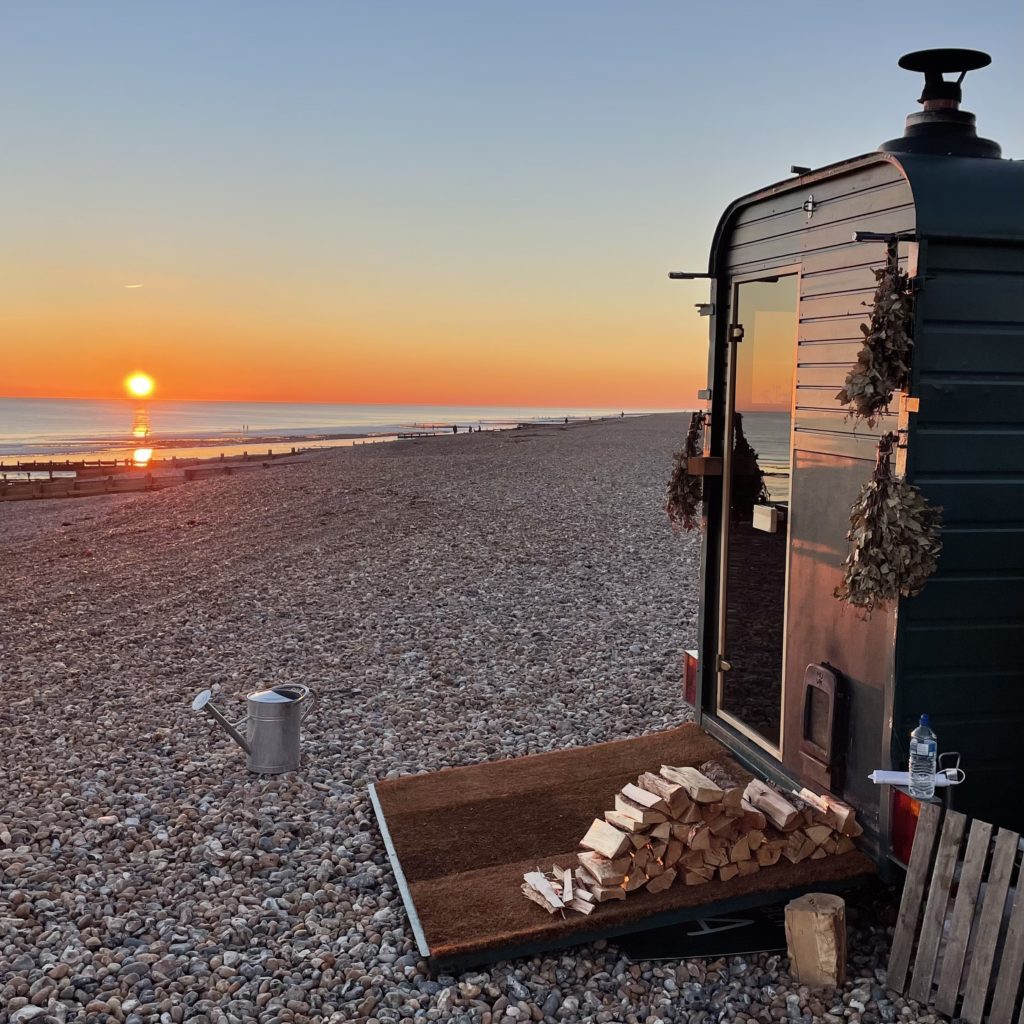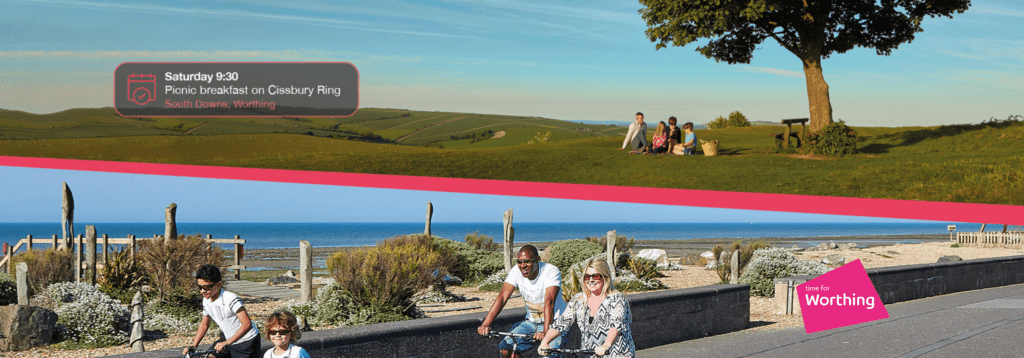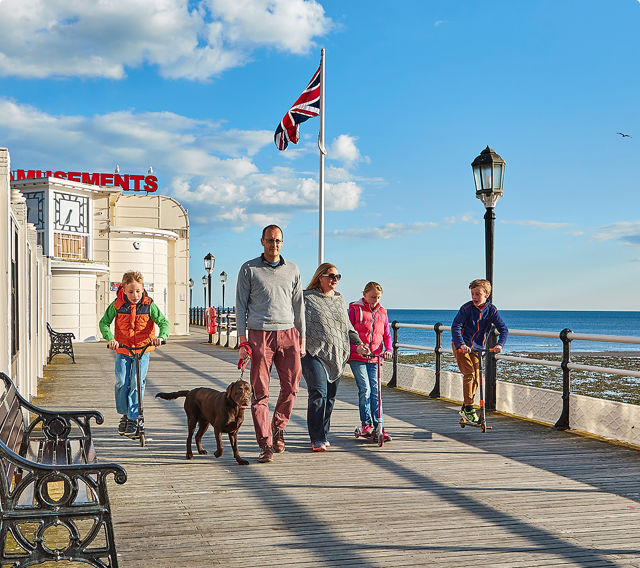Tarring High street really is one of Worthing’s Hidden gems and if you’re big on historic architecture it’s a must for your Discover Worthing bucket list.
Located just north of West Worthing station it’s within easy cycling distance of the town centre.
In the C10th Tarring was given by King Athelstan of England to the archbishops of Canterbury and listed in the Domesday book in 1086 as terringes. It is believed to have been visited by Thomas A’Becket, the martyred archbishop, in the 12th century as well as by St Richard of Chichester, patron saint of Sussex, in the 13th century.
Today a visit to West Tarring transports you back into days of old. Buildings dating back to the C13th include the Old Palace and the parish church of St Andrews. The gently curving the high street is lined with beautiful flint and cobble fronted cottages. Tarring was once home to five pubs (the casing for the former Castle Inn still remains), today high street is still home to three pubs all of which have beer gardens and serve food and one of which, The Parsonage bar and restaurant is housed in a timber framed building dating back to the C16th. Look out for the lamp casing of the former Castle Inn which still remains.
Known for its warm climate and fertile soils, historically Worthing was a centre for market gardening. West Tarring was famed in particular for its Fig garden which are known to have existed in 1745 (although local tradition suggests that they may have been originally planted much longer ago in the days of the Archbishop Thomas Becket (1120 to 1170)). This garden survived for nearly 250 years but most of it was destroyed in the late 20th century.
Today the remains of the ancient gardens are spread across the rear of Bishop’s Garth, South Street, Tarring, a Grade II listed building and 1 & 2 The Fig Garden, Bishop’s Close. On one day of the year (July) residents are obliged by law to open up the gardens for free to members of the public.
Tarring High street really is one of Worthing’s Hidden gems and if you’re big on historic architecture it’s a must for your Discover Worthing bucket list.
Located just north of West Worthing station it’s within easy cycling distance of the town centre.
In the C10th Tarring was given by King Athelstan of England to the archbishops of Canterbury and listed in the Domesday book in 1086 as terringes. It is believed to have been visited by Thomas A’Becket, the martyred archbishop, in the 12th century as well as by St Richard of Chichester, patron saint of Sussex, in the 13th century.
Today a visit to West Tarring transports you back into days of old. Buildings dating back to the C13th include the Old Palace and the parish church of St Andrews. The gently curving the high street is lined with beautiful flint and cobble fronted cottages. Tarring was once home to five pubs (the casing for the former Castle Inn still remains), today high street is still home to three pubs all of which have beer gardens and serve food and one of which, The Parsonage bar and restaurant is housed in a timber framed building dating back to the C16th. Look out for the lamp casing of the former Castle Inn which still remains.
Known for its warm climate and fertile soils, historically Worthing was a centre for market gardening. West Tarring was famed in particular for its Fig garden which are known to have existed in 1745 (although local tradition suggests that they may have been originally planted much longer ago in the days of the Archbishop Thomas Becket (1120 to 1170)). This garden survived for nearly 250 years but most of it was destroyed in the late 20th century.
Today the remains of the ancient gardens are spread across the rear of Bishop’s Garth, South Street, Tarring, a Grade II listed building and 1 & 2 The Fig Garden, Bishop’s Close. On one day of the year (July) residents are obliged by law to open up the gardens for free to members of the public.





